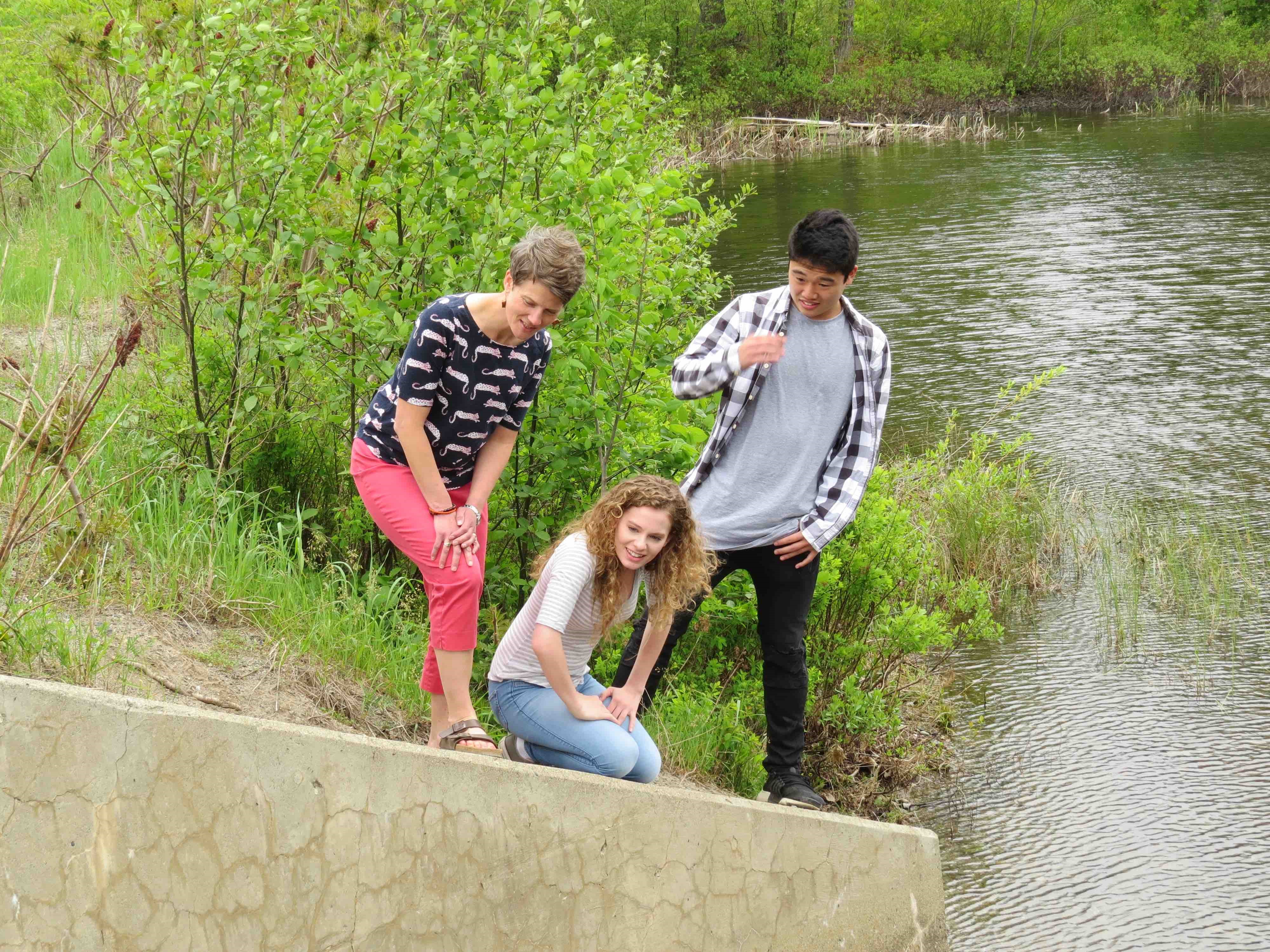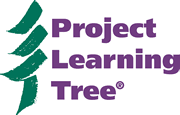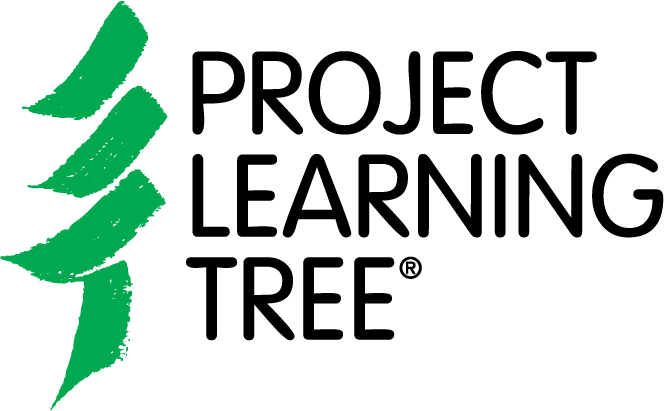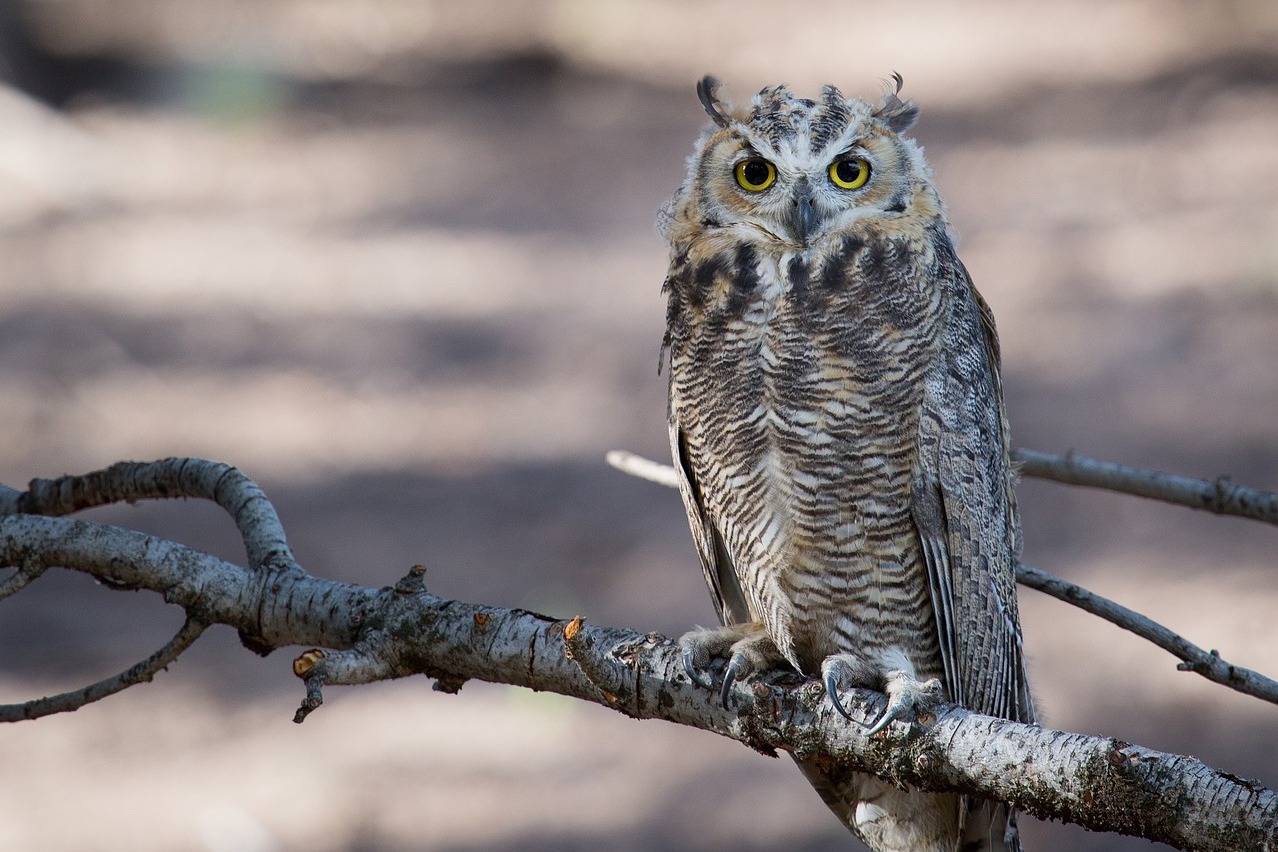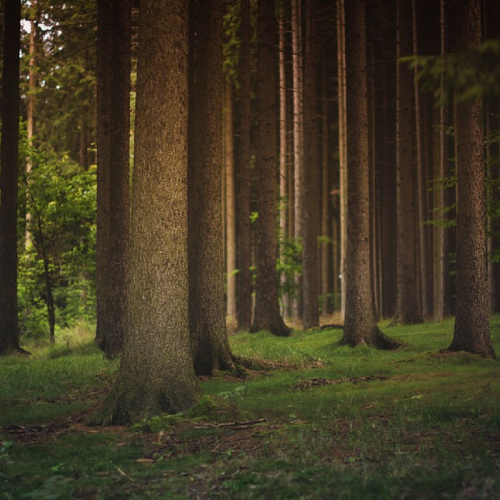PLT supports place-based education. Read how one high school PLT teacher in Maine uses community-based investigations to give students opportunities to make real world decisions, meet community needs, and explore what is happening in their own neighborhoods as the foundation for learning cross-cutting concepts.
If you have access to tablets, there are many educational apps that you can integrate into lesson plans. We’ve pulled together 12 science apps for middle and high school students on the topics of climate change, conservation, weather, and more.
Incorporating art projects into a lesson plan about temperate deciduous forests is a great way to make learning fun. Using recycled and waste materials can make these projects more eco-friendly.
Predators and prey animals use camouflage so they don’t attract too much attention. Here are examples of color matching, disruptive coloration, self-decoration, active camouflage, and mimesis.
As the leader of the Green Team at my high school, I’m proud of the collaborative efforts of over 100 students, the principal, and volunteers.
Earth Day is about raising awareness about the importance of protecting our planet and taking action. Use these activities to inspire your students to take action this Earth Day, and every day.
The word “yoga” derives from a Sanskrit word “yuj,” meaning “to unite or integrate.” This book embodies Sanskrit’s yuj and can be used to integrate multiple discipline areas.
Fun facts about 10 trees from around the world to incorporate into a lesson about geography, science, language arts, and art. Students can create tree profiles to demonstrate their new knowledge.
This beautiful guide to creating a nature journal will both teach and inspire students (and teachers alike!) to chronicle what they observe in their own backyards.
Give “reduce, reuse, recycle” a whole new meaning by incorporating this concept into many subject areas. Many of these hands-on project ideas can be adapted for any grade.
